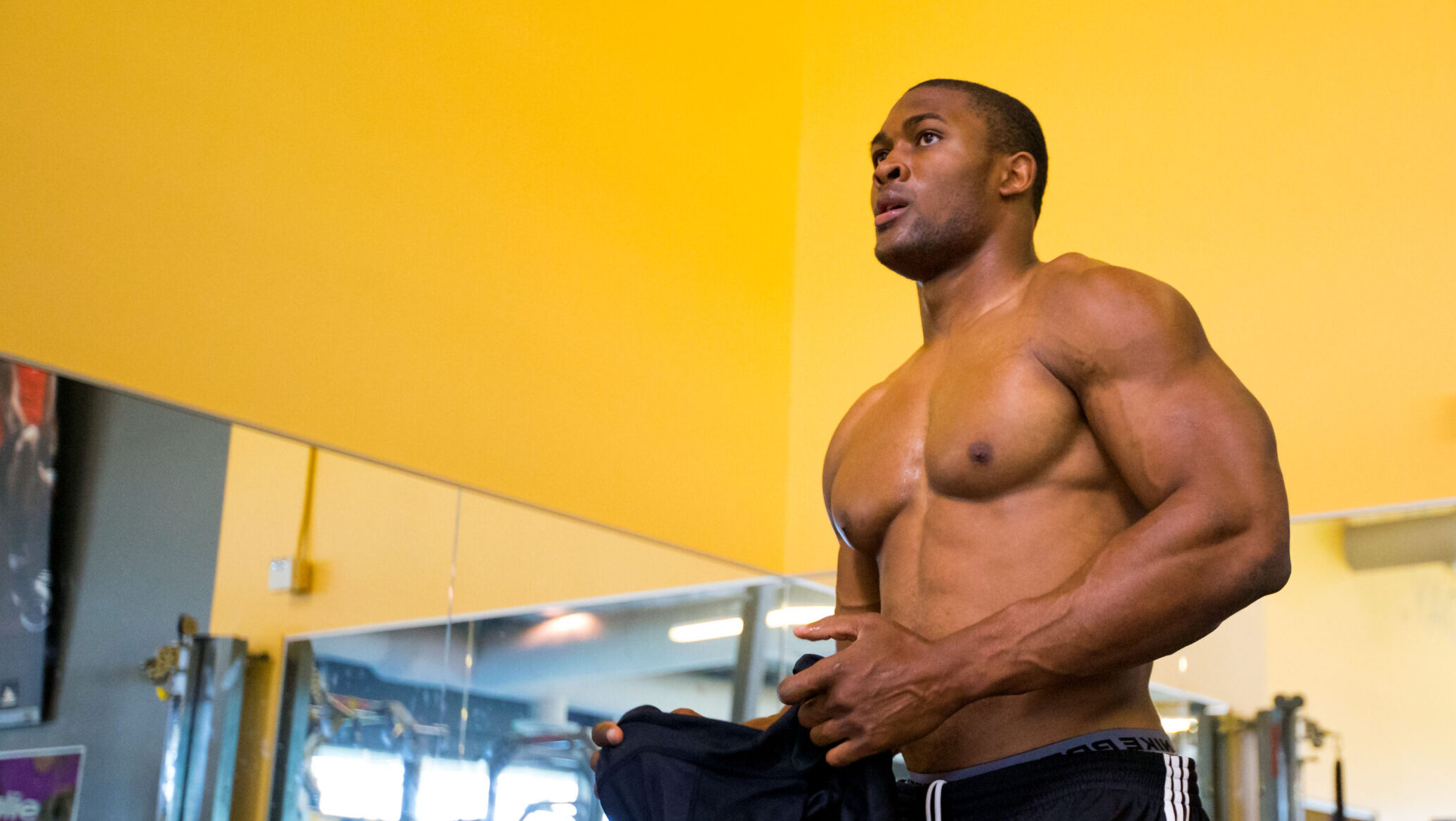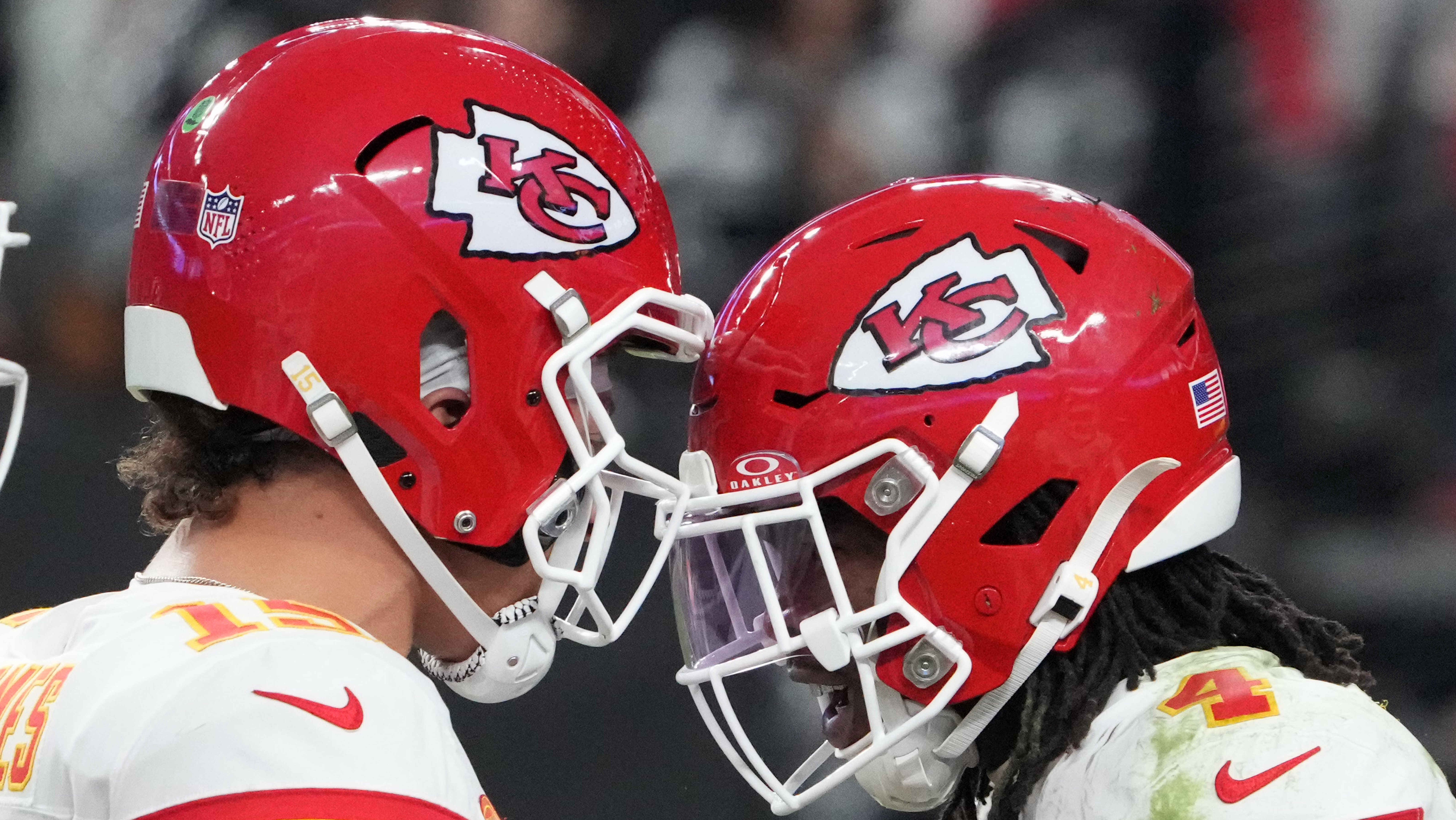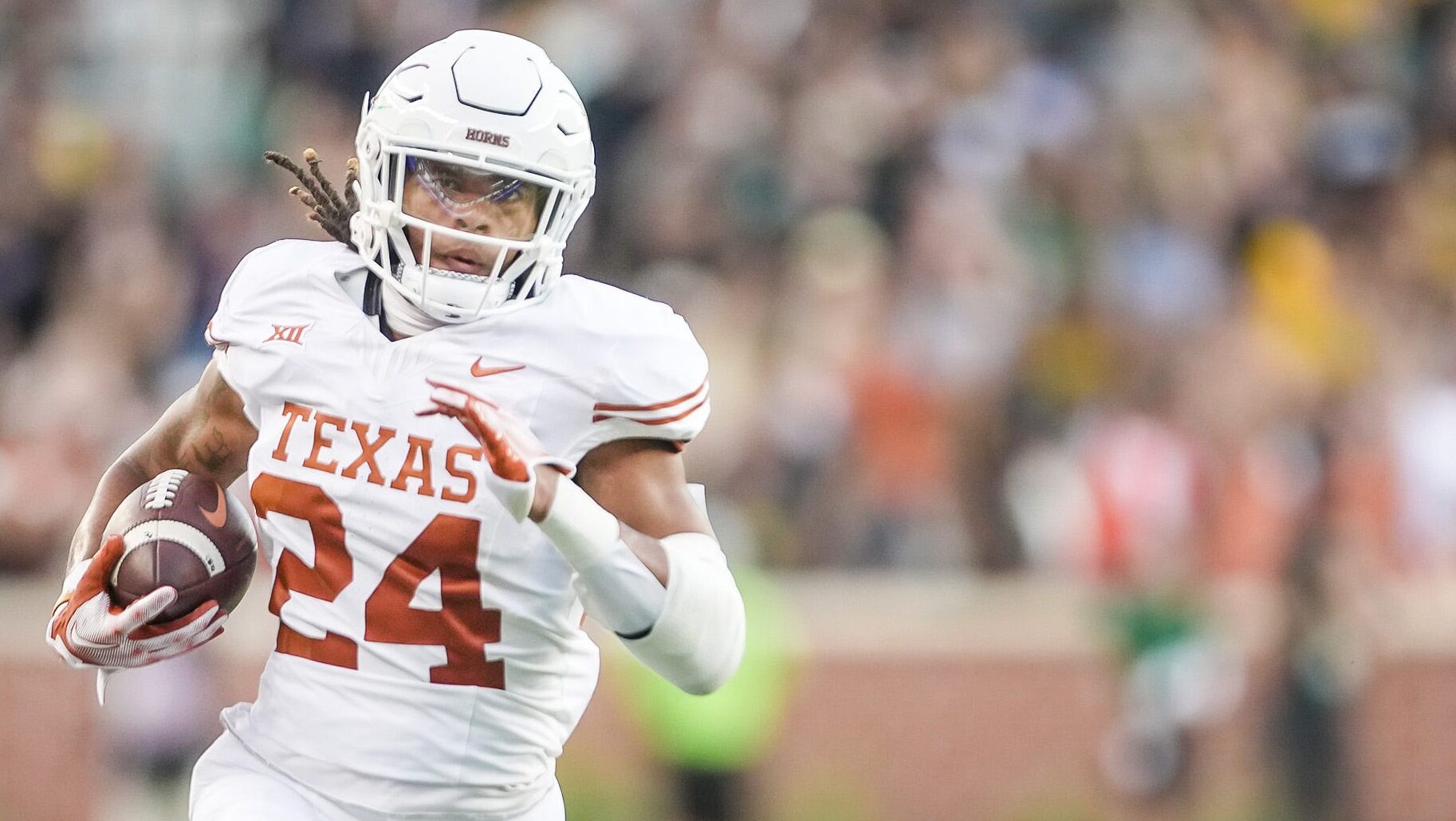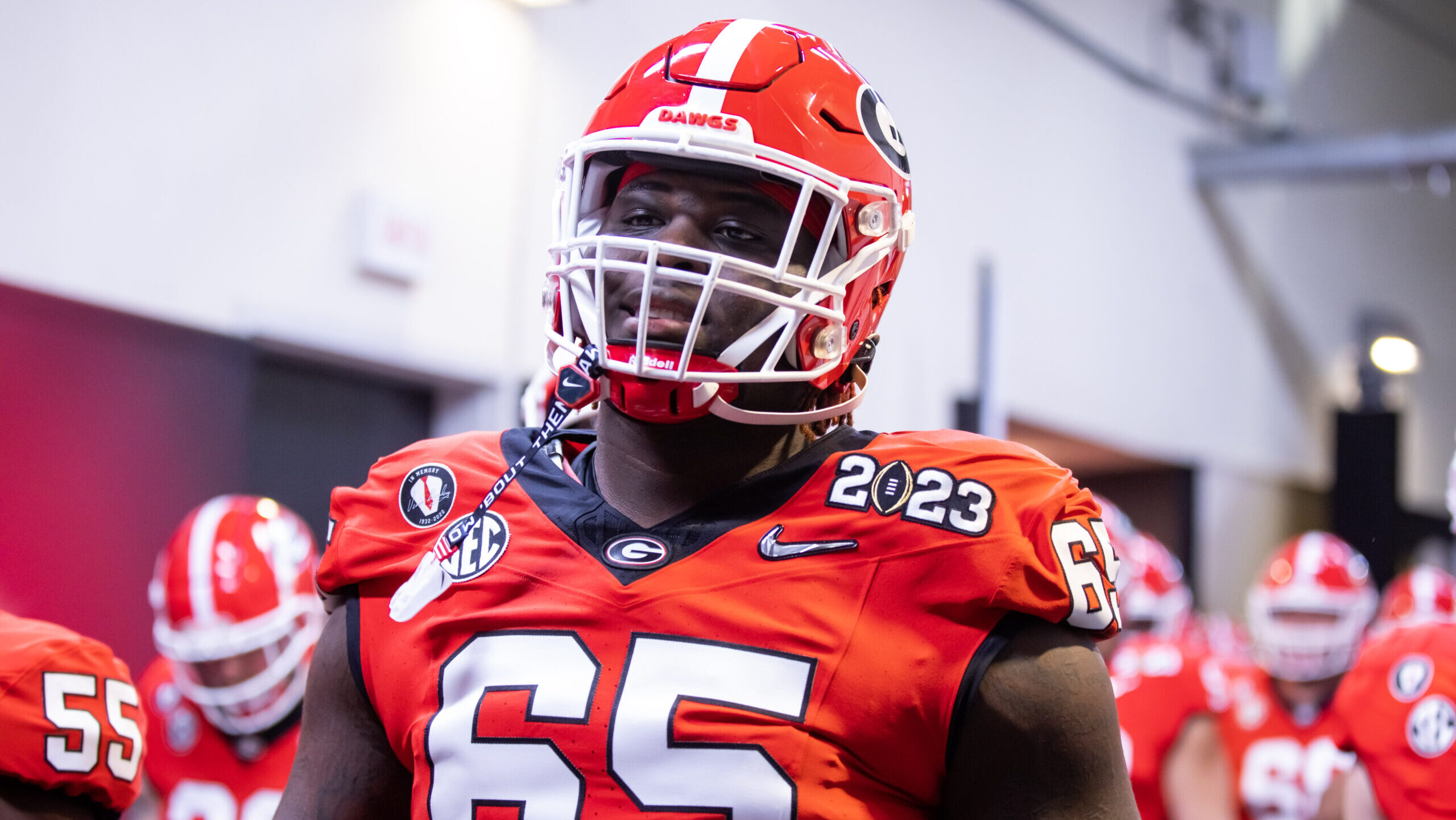Analysis
5/3/23
11 min read
From Unwanted to Stardom: Best Undrafted Free Agents Since 1990
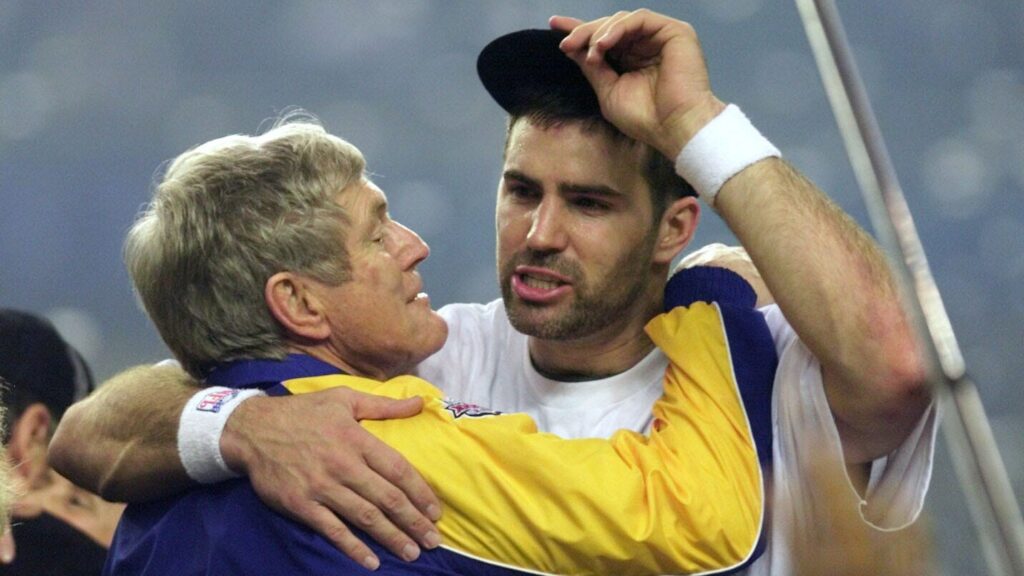
Even as the third day of the NFL Draft is underway, teams reach out to players they have no intention of selecting. And as soon as the final pick is made, there’s a flurry of communications, contract offers and invitations to OTAs for undrafted free agents.
Dozens of guys who don’t hear their names announced during the three-day grab bag wind up in the league every year. Some of those guys not only make rosters, but they also become important contributors — even Hall of Famers.
Yet, the influx of such impact players, other than kickers who usually follow that path to the pros, has recently lessened. The reason is simple, as Pro Football Hall of Fame executive Gil Brandt once said.
“Every team can get the information now that only some teams could way back,” Brandt said. “When we began using computers with the Cowboys, we were the only team. Now, everybody has access to all of that. I think the teams are more organized in how they scout, and they are more tuned in to every school that plays (football). It doesn’t matter on what level they find those guys.”
Here are 12 guys since 1990 teams didn’t draft who became NFL fixtures, listed in order of level of success.
Top 12 Undrafted Free Agents Since 1990
No. 12 Priest Holmes, RB, 1997
For three seasons, Holmes was perhaps the best offensive player in the NFL and certainly among the most versatile. Bypassed out of Texas partly because of his 5-foot-9, 210-pound frame, he signed with the Baltimore Ravens and was a 1,000-yard rusher and dangerous receiver by his second season. Holmes was a backup on the 2000 Super Bowl championship team, then headed to the Kansas City Chiefs.
With the Chiefs, Holmes – hampered by injuries during his Baltimore stint – stayed healthy for three years. And what years they were: 4,590 yards rushing with 56 touchdowns, plus 206 receptions. He led the league in rushing once, twice in TDs on the ground, twice in yards from scrimmage, and was the 2002 Offensive Player of the Year.
Even in just eight games in 2004, he had 892 yards rushing and 14 touchdowns. But the injury bug curtailed his career, and he was never a factor again.
No. 11 Rod Smith, WR, 1994
Smith was overlooked in the draft and often wasn’t in the spotlight while with the Denver Broncos. Yet he was a key member of the Broncos’ first two Super Bowl titles and one of the top wideouts in the league through most of his 12 NFL campaigns. Indeed, it can be argued he is Denver’s best pass catcher ever.
John Elway’s favorite target in the latter portion of his career, Smith, came out of Missouri Southern with few plaudits. He managed three Pro Bowl berths in an era of outstanding receivers. Smith led the NFL in receptions with 113 in 2001 when the Broncos didn’t have a Hall of Fame quarterback. In all, he made 849 receptions for 11,389 yards and 68 touchdowns.
"In addition to being one of the greatest undrafted players of all time,” Elway said, “he's one of the greatest wide receivers to ever play the position.”
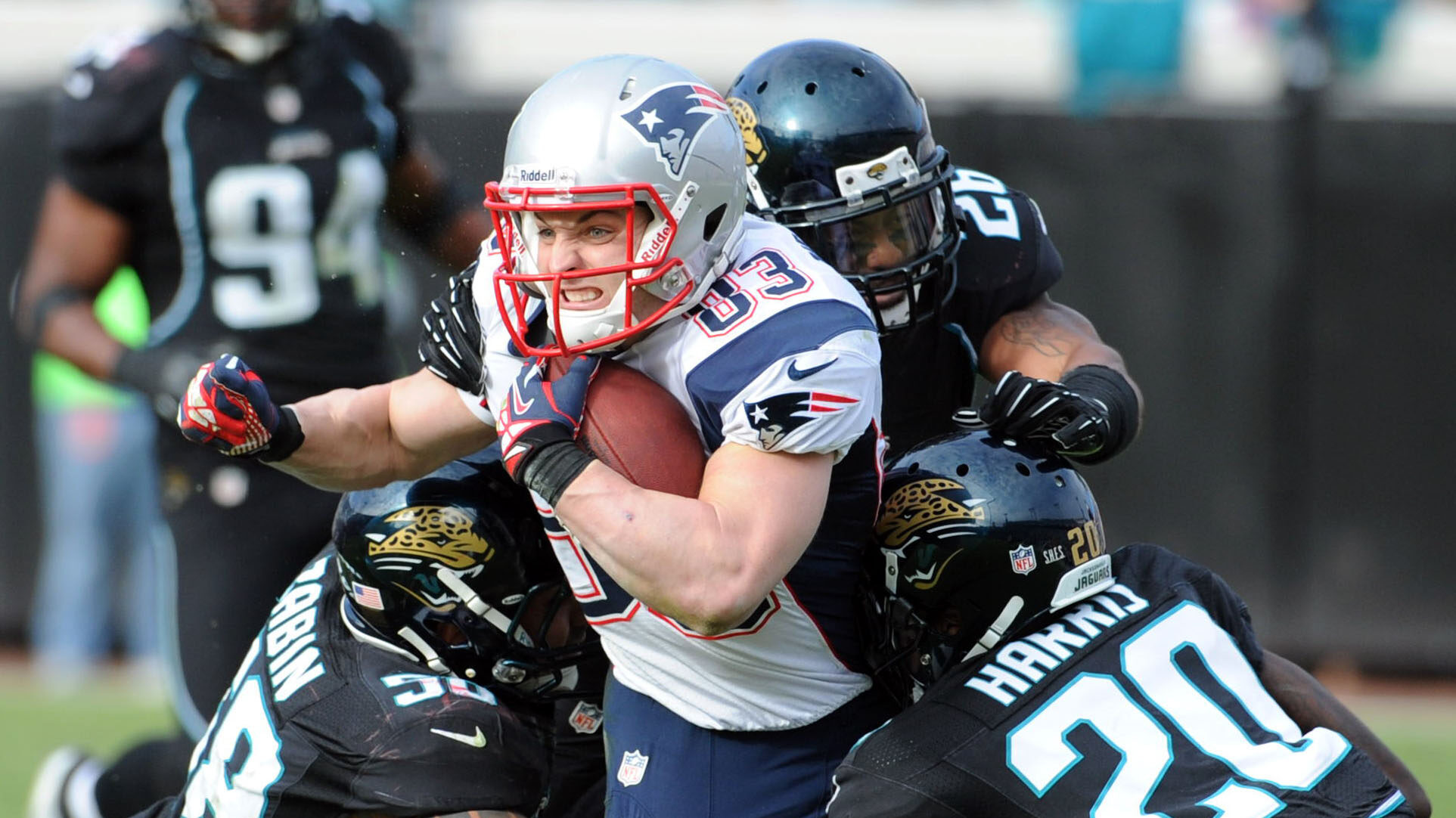
No. 10 Wes Welker, WR, 2004
Many former teammates would say the same about Welker, a key cog in New England’s AFC East powerhouse, even though he never won a league title there. Welker lasted 12 seasons in the NFL.
Considered too small at 5-9, 185 coming out of Texas Tech, Welker played big for the New England Patriots after they grabbed him away from the Miami Dolphins in 2007. A terrific slot receiver with a knack for picking up first downs (especially on third downs), Welker also could get deep. He was a perfect complement to Randy Moss on the 2007 Patriots, who went 18-0 before losing against the New York Giants in the Super Bowl.
Welker made 903 catches for 9,924 yards and had 50 touchdowns. Overall, he had five seasons with more than 100 catches, three times leading the league. He also was a dependable kick returner throughout his career.
No. 9 Brian Waters, G, 2000
The contributions of college offensive linemen don’t get overlooked much these days. They did at the turn of the century, never more so than when Waters wasn’t selected coming out of North Texas – hardly a fertile source for pros then. Once he mastered the blocking schemes with the Chiefs, Waters became a regular at the Pro Bowl (six times), with two All-Pro selections. He started every game he was healthy for from 2002-2011, the first nine seasons with the Chiefs, then one year in New England.
Waters’ name comes up in discussion for potential Hall of Famers, emphasizing his reliability, leadership – and overcoming not being drafted.
"Although he was undrafted coming out of college, Brian made the most of his opportunity here in Kansas City,” said Chiefs owner Clark Hunt, “and his work ethic, talent and toughness made him an undisputed leader on the field and in the locker room. Brian also has a tremendous heart of service, and his commitment to the Kansas City community earned him the prestigious Walter Payton Man of the Year Award in 2009.”
No. 8 Jason Peters, OT, 2004
Still knocking defensive linemen flat in his 18th NFL season at age 40, Peters is among the most accomplished tackles of his era. Like Waters, he will be in conversations about Canton, but he hasn’t announced he’s leaving the game yet.
“Whenever the opportunity comes,” he recently told SiriusXM NFL Radio, “I’m going to give it one more run at it and try to get me another ring or pass on some knowledge to these young kids up and coming.”
Peters’ run at it began with the Buffalo Bills after he was ignored in the draft out of Arkansas. By his second NFL season, he was ensconced at left tackle, but when he headed to the Eagles in 2009, he found more team success – including a Super Bowl title in 2017. He made nine straight Pro Bowls, played the 2021 season in Chicago as a starter and was a backup in Dallas last year.
No. 7 London Fletcher, LB, 1998
It makes sense that a player who went undrafted might also be underrated when he becomes a regular in the NFL. Nobody epitomizes that better than Fletcher, a superb do-everything linebacker for 16 seasons, first with the St. Louis Rams, then with Buffalo and Washington. Somehow, despite perennially being among the leading tacklers in the league, Fletcher didn’t make a Pro Bowl until 2009 – beginning a run of four straight appearances.
Once he became a starter in 1999 with the Super Bowl champion Rams, Fletcher, who was just 5-10, averaged 135 tackles a season. He added 23 interceptions, two for touchdowns, scored once on a fumble recovery, and had two safeties.
Having attended Division III John Carroll, where Don Shula went to school, hindered Fletcher’s chances of being drafted. He made out pretty well, anyway.
No. 6 Adam Vinatieri, K, 1996
A kicker? Yep – probably the best clutch kicker of this century.
Vinatieri went to South Dakota State, so his going undrafted hardly is a stunner. His work with the New England Patriots and then with the Indianapolis Colts is stunning. Vinatieri won four Super Bowls, and the margin of victory in all three with New England was, you guessed it, a field goal. For all of Tom Brady’s heroics, Vinatieri was also key to those wins. And when he left Brady in 2006 for Peyton Manning in Indianapolis, Vinatieri won another championship that first season.
Vinatieri kicked for 24 seasons, and no matter what you think of special teamers, that is impressive. He made 83.8 percent of his field goals, and that number would be much higher had he not faltered in his final season and gone 17 of 25. He retired as the NFL’s career scoring leader.
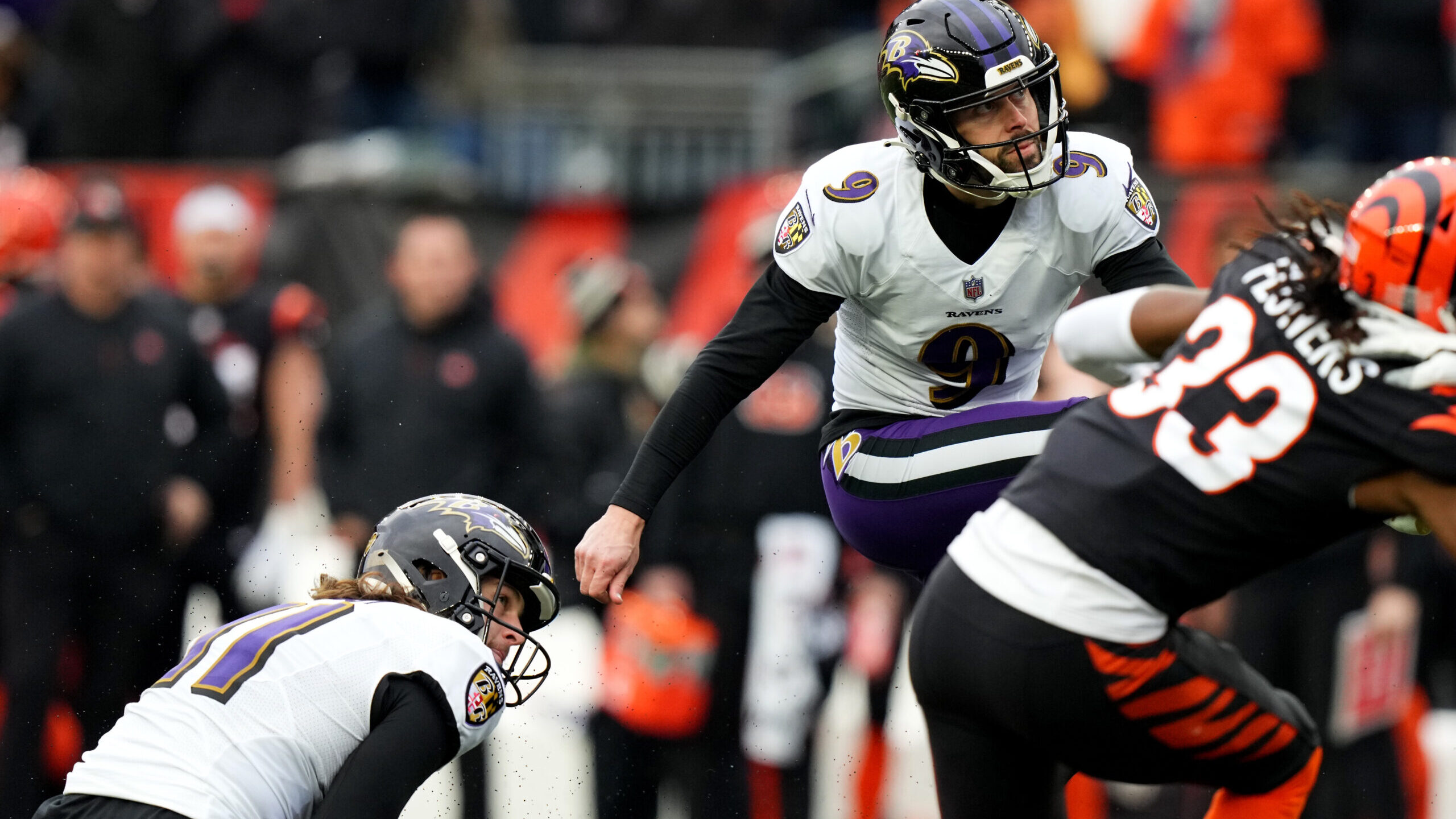
No. 5 Justin Tucker, K, 2012
Another kicker? Absolutely, and Justin Tucker just might join Vinatieri in the Canton shrine someday.
The most accurate field goal kicker in league history, Tucker was a standout at Texas but wasn’t drafted. He was part of the Baltimore Ravens’ championship season as a rookie and in his second NFL season was an All-Pro – the first of five such honors in a decade of strong kickers throughout the league.
Even though he kicks in a division with four outdoor stadiums in cities where the weather becomes a factor by November, Tucker is unflappable. His career field goal success rate is 90.5 percent. He owns the NFL mark with a 66-yarder. He regularly wins games with his leg, so much so that Ravens coach John Harbaugh rarely is blamed for getting conservative and playing for the field goal late in games.
No. 4 Antonio Gates, TE, 2003
Tight ends have become a bigger part of pro offenses recently, and Gates was one of the pioneers in that area. Considering his background was in basketball, where he was a force for Kent State, not being drafted made sense.
The San Diego (now Los Angeles) Chargers invited him to camp and, voila, found a likely Hall of Famer. Gates was a three-time All-Pro and eight-time Pro Bowler who specialized in big catches, teaming with QB Philip Rivers in one of the great pass/catch combos the NFL has seen. In total, Gates made 955 catches for 11,841 yards and 116 touchdowns – the most TDs by any tight end. He was no slouch as a blocker, either, in 16 seasons.
“It’s impossible to over-emphasize what Antonio meant to my career and to the Chargers,” Rivers said.
No. 3 James Harrison, LB, 2002
If there was a more intimidating defensive player in the last three decades, tell us who. We’ll go with Harrison.
Like Gates, Harrison attended Kent State, though he was a football player. He and Gates often met in the pros as opponents, with lots of thuds for their collisions.
The Pittsburgh Steelers took a shot on Harrison, who at 6-foot, 240 pounds might have seemed a tweener. Mainly used on special teams, Harrison became a starting linebacker in 2007, his fifth NFL season. All he did that year was make the Pro Bowl – and it wasn’t close to his best production. Harrison made 101 tackles with 16 sacks the following season, winning Defensive Player of the Year honors and finishing fourth in MVP voting. Through 15 seasons, Harrison went to five Pro Bowls and was a two-time All-Pro.
And nobody in Pittsburgh will forget his exhausting 100-yard interception return against Kurt Warner in the Super Bowl win that capped the 2008 season.
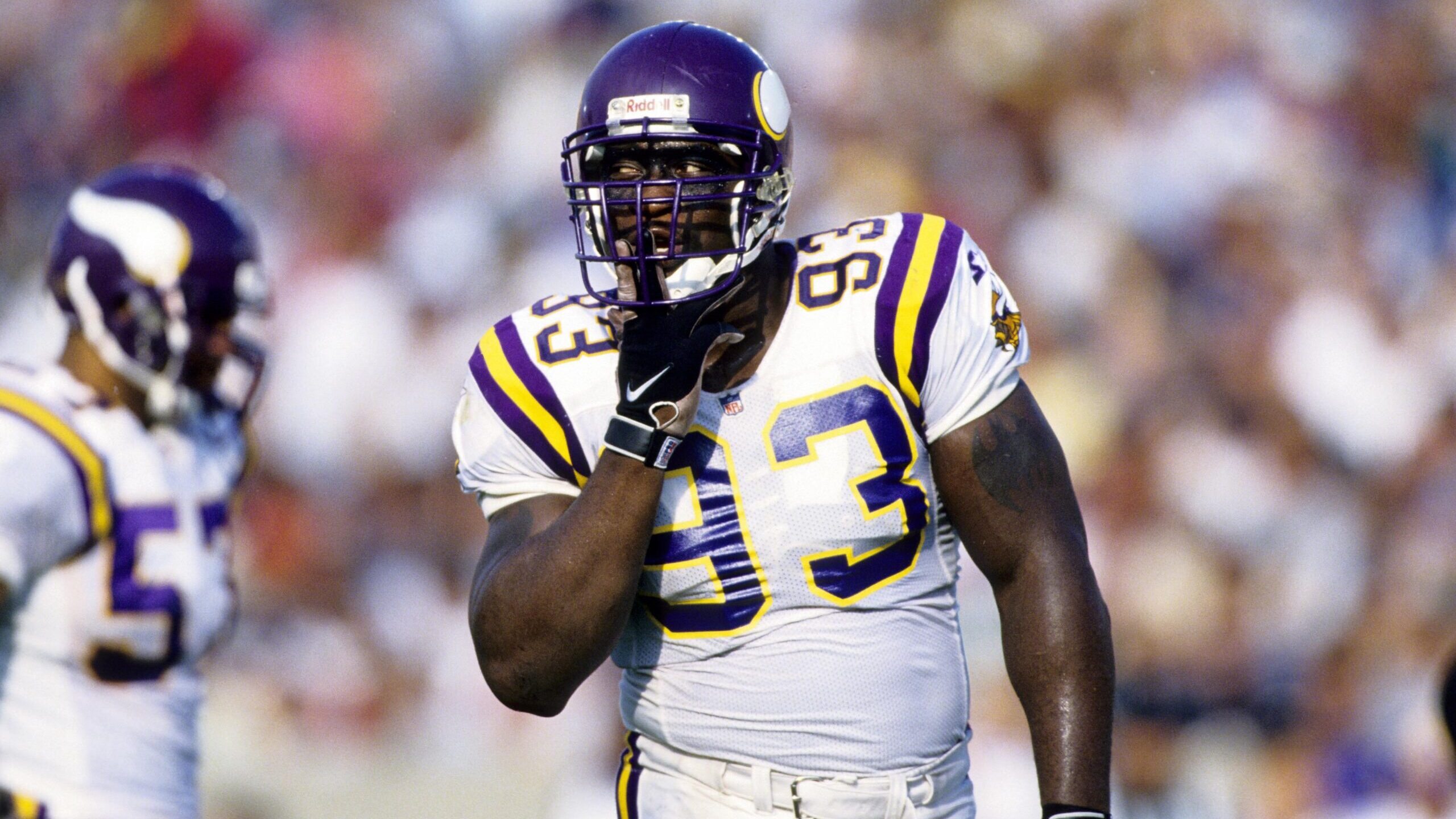
No. 2 John Randle, DT, 1990
Unheralded and supposedly undersized for his position at 6-1, Randle barely got a look from NFL teams when coming out of Texas A&M. That’s Texas A&M-Kingsville, which Randle joked most scouts never heard of.
No matter, as it turned out: Randle was unstoppable at the defensive end or tackle. He eventually got his weight up to 290 pounds, but even when he wasn’t that bulked up, Randle overpowered, outwitted, or outmaneuvered blockers for 14 spectacular seasons. He made six straight All-Pro squads and the Pro Bowl each of those years with the Minnesota Vikings – on his way to Canton, where he was enshrined in 2010.
Randle concluded his career with 137.5 sacks and 11 fumble recoveries on 29 – yes, 29 forced fumbles.
No. 1 Kurt Warner, QB, 1998
From stocking supermarket shelves to stocking his trophy case – one Lombardi, two league MVPs, a gold jacket – Warner is the biggest make-good story in this category of the past 33 years. Had coach Dick Vermeil, like Warner, a Canton inductee, not had faith in the untested quarterback in 1999 when starter Trent Green tore up his knee in the preseason, who knows what Warner might have achieved? Perhaps he would have been relegated to backup duty or, worse, slipped back into the Arena League.
Instead, Warner was among his era's most successful signal callers, with three Super Bowl trips and helping revitalize both the St. Louis Rams and Arizona Cardinals. He even was the starter and had a 5-4 record with the New York Giants in 2004 before stepping aside in midseason when rookie Eli Manning was elevated.
A product of then-Division I-AA, Warner went unselected while eight quarterbacks were chosen. Peyton Manning went at the top, and other than Matt Hasselbeck, not one of those eight made much of an impact. Warner sure did.
Honorable Mention
Shaq Barrett, LB, 2015
Austin Ekeler, RB, 2017
Robbie Gould, K, 2005
Chris Harris, CB, 2011
Jeff Saturday, C, 1999
Barry Wilner was a sportswriter for the Associated Press for 46 years. He has covered virtually every major sporting event, including 14 Olympics, 9 World Cups, 34 Super Bowls, the World Series, and the Stanley Cup Final, and has written 75 books. Follow him on Twitter @Wilner88


